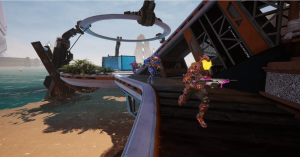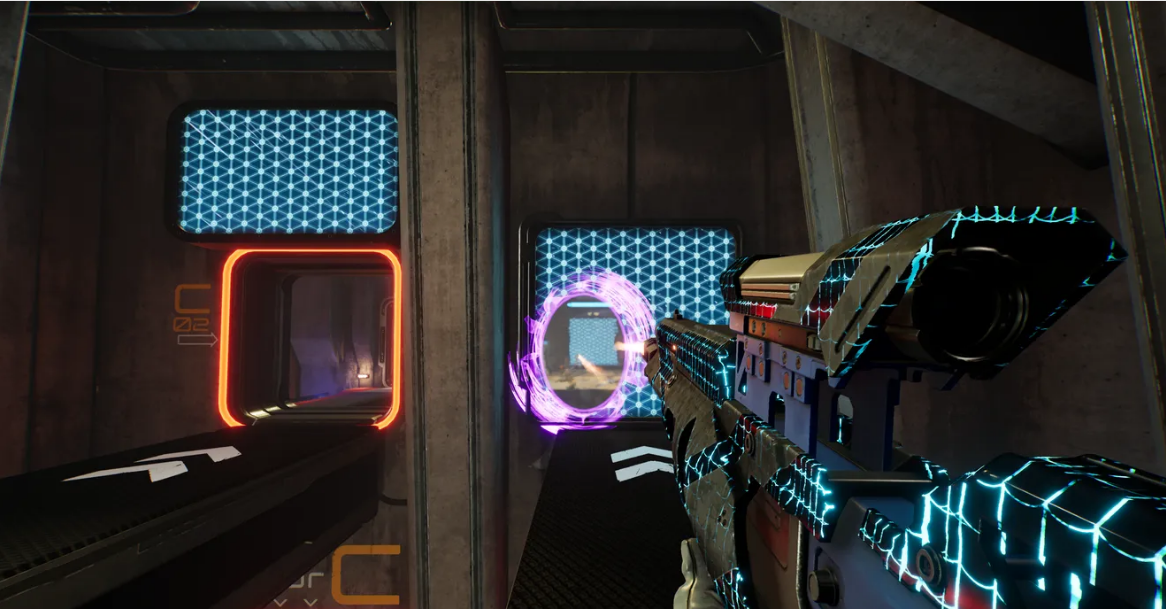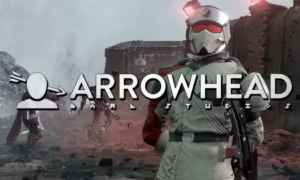Splitgate is the best Halo game since Halo: Reach
Splitgate, Splitgate is a new free-to-play arena shooting game from 1047 Games. It’s what you would get if you put Portal and Halo 3 in a blender. It’s a game that has no one mechanic that feels unique but all of them blend together to create a great multiplayer experience and an update for a tired genre.
Polygon RecommendsThis is how we endorse our favorite games. We give a Polygon Recommends badge to a game because we think the title is unique, thought-provoking, creative, innovative, or fun. It’s worth fitting into your busy schedule. Check out Polygon Recommends to find the very best on your chosen platform.Polygon Essentials.
Splitgate was originally released in early access on April 19, 2019. It was a very basic version of the game and never really took off. The game has been updated by 1047 Games for two years and is now available in open beta on both PCs and consoles. Players have noticed a significant improvement. Splitgate seems to be staying put with the announcement of its first content season.
Splitgate is a classic arena shooter in many ways. There are no customization options, abilities or Perks. In most modes, there are only eight players in each match. They all have identical stats and weapons and fight it out on a small map. Weapons that spawn on the map every minute are the only modifier in any match.

Due to its lack innovation, the arena shooter genre (which includes everything from Quake3 Arena to Halo series) has been losing popularity. Arena shooters are slow and old in a post-Call of Duty world where quick kills and loadouts are the norm. Splitgate makes the genre feel fast and elegant, with its main addition: portals.
Splitgate, like Portal, offers two trans-dimensional warp holes for players to use. You can place one on a wall, and the other anywhere else to create a door between them. Each participant in the match has access to the portals. They can only be placed on specific surfaces. These are marked with different colors than the surrounding environment and have a unique texture that is easy to spot. You can see through the portals of others, but not your own. You will not be able to see through any two-portal system placed by another player.
This is possible because Splitgate portals are easy to use. They can be opened individually and fire quickly. The only grenades in the game are able to close enemy portals. They don’t cause damage. These rules are simple enough to manage portals, but still allow for skill expression.
You might be able to collect the ball in an objective mode such as Oddball, which is a direct reference to Halo. This will allow you hop into a portal that instantly takes you to the opposite side of the map. You might try to chase down a player, thinking you are about to catch them. However, they may shoot you in the back as you chase them with a portal trap at either end of a hallway. Perhaps your opponent managed to escape through a portal. Shoot in after them, and finish the job before they forget to close their portal.
Ten standard maps in the game feel well-suited to the portal system. They’re perfect for kill-based modes such as Team Deathmatch or Team Swat (another name taken straight out of Halo), but they can be frustrating in objective modes like Oddball where clever portals allow players to reach impregnable maps positions. However, it’s part of the fun and excitement of arena multiplayer games. Especially when matches are only six to seven minutes long.
It wouldn’t matter how well the Splitgate shooting went. It’s almost as distractingly like Halo3. Splitgatecombat is reminiscent of Halo 3 but with a modern feel and a feeling that’s smoother and more agile than Halo. The game’s various weapons, including shotguns and sniper rifles as well as a three-shot combat rifle, are all very enjoyable to shoot. You feel the guns are substantial when they’re fired. There’s so much variety that you’ll need to be familiar with each gun’s feel and rhythm in order to use them effectively.







